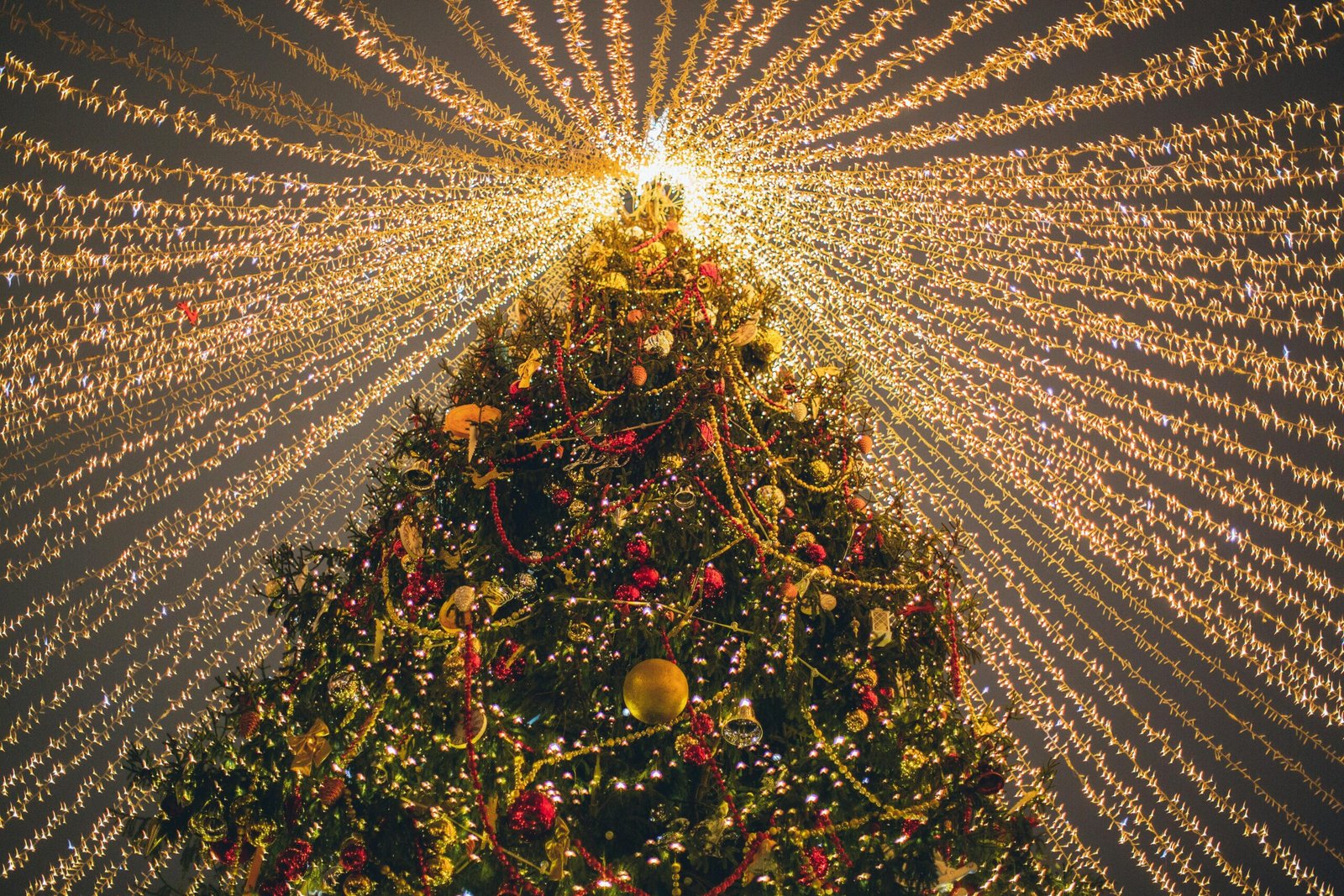Christmas is one of the most celebrated and beloved holidays in the world, marked by joy, togetherness, and traditions that stretch back centuries. While its meaning varies from culture to culture, and from family to family, Christmas is united by a shared spirit of giving, reflection, and celebration. To understand Christmas fully is to look at its history, customs, symbolism, and the way it continues to evolve in modern times.
The Origins of Christmas
Christmas is celebrated on December 25th to mark the birth of Jesus Christ, a central figure in Christianity. The word “Christmas” itself comes from “Christ’s Mass.” Over the centuries, religious observances merged with cultural traditions, creating the holiday as we know it today.
Though deeply rooted in Christian faith, many of the practices associated with Christmas—such as decorating trees, exchanging gifts, and sharing festive meals—also have pre-Christian or cultural origins. Ancient winter festivals like the Roman Saturnalia and Northern European Yule contributed to the symbols and rituals still seen today.
Symbols of the Season
Christmas is full of powerful symbols, each carrying its own story:
- Christmas Tree: An evergreen symbol of life and hope during the dark winter, now decorated with lights, ornaments, and tinsel.
- Santa Claus: Inspired by St. Nicholas, the 4th-century bishop known for generosity, Santa has become the joyful gift-bringer for children worldwide.
- Lights and Candles: Representing hope, guidance, and the triumph of light over darkness.
- Wreaths and Holly: Circular wreaths symbolize eternity, while holly with its red berries evokes both festivity and resilience.
Traditions Around the World
Christmas is celebrated differently depending on culture and geography, but the themes of love, generosity, and unity remain the same.
- In Germany, Christmas markets fill town squares with crafts, foods, and mulled wine.
- In Mexico, families celebrate Las Posadas, reenacting Mary and Joseph’s search for shelter.
- In the Philippines, Christmas begins as early as September, with lanterns (parols) lighting up neighborhoods.
- In the UK and US, stockings are hung, Christmas crackers are pulled, and turkey or ham is served at family feasts.
These traditions reflect how each culture embraces the holiday in its own way, blending faith, folklore, and community spirit.
The Spirit of Giving
At the heart of Christmas is the act of giving. This goes beyond exchanging material gifts—it’s about offering kindness, compassion, and love. Charities see a surge in support during the holiday season, as people extend generosity to those in need. Even small gestures—a smile, a visit, a handwritten card—carry the spirit of Christmas.
Christmas in the Modern World
In today’s fast-paced world, Christmas has taken on new dimensions. For some, it is a religious observance centered on church services and reflection. For others, it is more cultural or commercial, marked by shopping, festive music, and gatherings. Businesses and online shops now offer global access to holiday decorations, gifts, and experiences, making the season more connected than ever.
Despite its commercialization, the essence of Christmas continues to shine through: a time to pause, come together with loved ones, and appreciate what truly matters.
Why Christmas Endures
Christmas has endured through centuries because it speaks to something universal. It is a reminder of hope in the darkest days of the year, a call to generosity, and a celebration of togetherness. Its traditions adapt with time, but its message remains timeless: love, peace, and joy belong to everyone.




